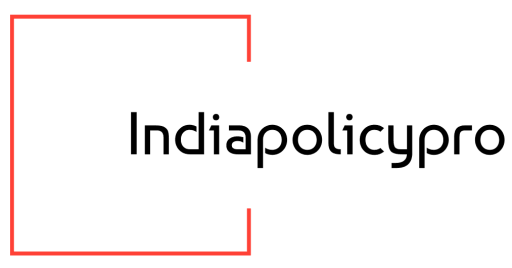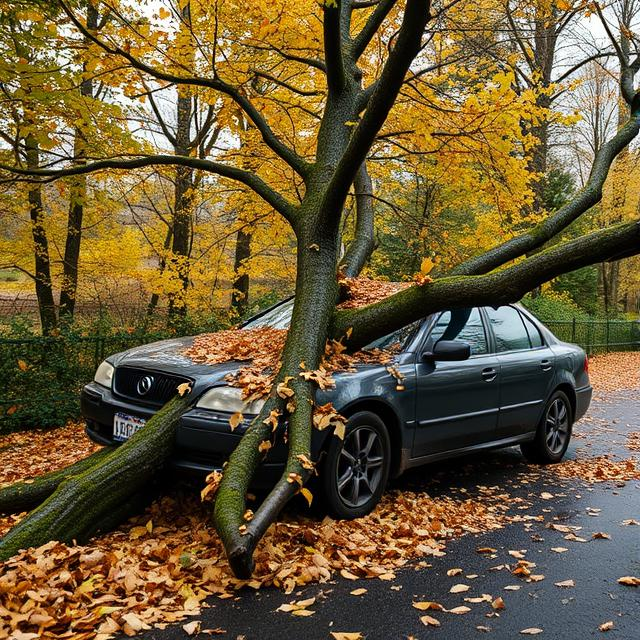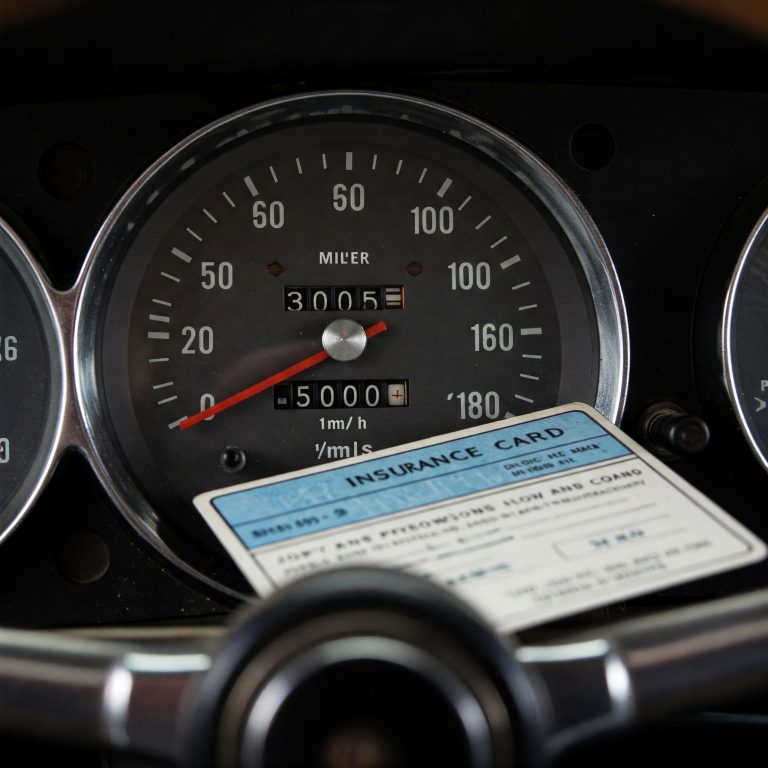Comprehensive Car Insurance in India
Coverage, Benefits & Why You Need It
A car is more than just a vehicle; it’s an investment that needs proper protection. While third-party insurance meets legal requirements, it does not cover your own vehicle’s damages. That’s why comprehensive car insurance is a popular choice among car owners in India.
This policy not only includes third-party liability coverage but also safeguards your car against accidents, theft, natural disasters, and vandalism. Additionally, it provides financial security by covering repair costs in case of unforeseen incidents.
In this guide, you’ll learn:
✅ What comprehensive insurance covers
✅ How it differs from third-party insurance
✅ The benefits of having full coverage
✅ How to buy, renew, and reduce your premium
What is Comprehensive Car Insurance?
Comprehensive car insurance is a highly protective policy that covers both third-party liabilities and own vehicle damages. Unlike third-party insurance, which is mandatory under Indian law, this plan is optional. However, it provides significantly better coverage, making it a preferred choice for car owners.
The policy covers:
✔ Third-party liability (injuries, deaths, and property damage)
✔ Own damage protection (accidents, theft, fire, natural disasters, and vandalism)
✔ Personal accident coverage (for the owner-driver)
By opting for this type of insurance, car owners can avoid financial losses arising from accidents or theft.
Third-Party vs. Comprehensive Insurance: Key Differences
| Feature | Third-Party Insurance | Comprehensive Insurance |
|---|---|---|
| Legal Requirement | ✅ Yes | ❌ No |
| Covers Third-Party Liabilities | ✅ Yes | ✅ Yes |
| Covers Own Vehicle Damage | ❌ No | ✅ Yes |
| Covers Personal Injuries | ❌ No | ✅ Yes |
| Covers Theft or Natural Disasters | ❌ No | ✅ Yes |
| Premium Cost | Lower | Higher |
| Best For | Basic legal coverage | Complete financial protection |
Which One Should You Choose?
- Third-party insurance is sufficient for legal compliance, but it does not cover your own vehicle.
- On the other hand, comprehensive insurance provides full protection, making it the better choice for long-term financial security.
What Does Comprehensive Insurance Cover?
1️⃣ Third-Party Liability Coverage
✔ Bodily Injury & Death – If your car causes injury or death to another person, the insurer covers compensation and medical costs.
✔ Property Damage – Any damage to another vehicle or property is covered up to ₹7.5 lakh for private cars.
2️⃣ Own Vehicle Damage Protection
✔ Accidental Damages – Covers repair costs due to collisions or crashes.
✔ Theft Coverage – If your car gets stolen, the insurer compensates you based on the Insured Declared Value (IDV).
✔ Fire & Explosion Protection – Losses due to fire, lightning, or accidental explosions are included.
✔ Natural Disaster Coverage – Protects against floods, earthquakes, storms, and landslides.
✔ Man-Made Disasters – Includes riots, vandalism, and acts of terrorism.
3️⃣ Personal Accident Cover
✔ Medical Expenses – Covers hospitalization costs for the owner-driver.
✔ Permanent Disability & Death Compensation – Provides financial support in case of severe injuries or death.
4️⃣ Add-On Covers for Extra Protection
Comprehensive insurance offers optional add-ons for enhanced coverage:
✔ Zero Depreciation Cover – Ensures full claim payout without depreciation deductions.
✔ Engine Protection Cover – Covers engine damage due to waterlogging or oil leaks.
✔ Roadside Assistance – Offers emergency towing, fuel delivery, and battery jump-start services.
✔ Return to Invoice Cover – Provides the full invoice value of your car in case of total loss.
✔ Consumables Cover – Covers minor expenses such as engine oil, nuts, bolts, and brake fluid.
These add-ons increase the premium but provide valuable financial protection.
Exclusions: What’s Not Covered?
Despite its extensive coverage, comprehensive insurance does not cover everything. Some common exclusions include:
❌ Driving Without a Valid License – Claims are rejected if the driver is unlicensed.
❌ Drunk Driving Accidents – No coverage for accidents caused under the influence of alcohol or drugs.
❌ Intentional Damage – If a car owner deliberately damages the vehicle, claims are denied.
❌ Mechanical & Electrical Failures – Normal wear and tear, mechanical issues, or battery failure aren’t covered.
❌ Expired Policy – A lapsed policy means no financial protection.
❌ Commercial Use – If a private car is used for business purposes, insurance claims may be denied.
Understanding these exclusions helps policyholders make informed decisions when choosing a plan.
Why Choose Comprehensive Insurance? (Key Benefits)
✔ Complete Protection – Covers both own vehicle and third-party liabilities.
✔ Financial Security – Saves money on high repair costs and theft losses.
✔ Peace of Mind – Provides protection against natural disasters and man-made damages.
✔ Customizable Options – Allows you to add extra covers based on personal needs.
✔ Higher Resale Value – A well-insured car maintains better market value.
With these benefits, comprehensive insurance ensures worry-free driving.
How to Buy & Renew Comprehensive Insurance
Buying a Policy
Purchasing a policy online is quick and hassle-free. Follow these steps:
1️⃣ Compare Plans – Visit insurance websites or aggregators for policy comparisons.
2️⃣ Choose the Right IDV – This determines the claim amount in case of total loss.
3️⃣ Select Add-Ons – Pick extra covers based on your driving habits and location.
4️⃣ Make Payment & Get Instant Policy – Complete the purchase and receive the policy document immediately.
Renewing a Policy
✔ Visit the insurer’s website and enter your policy details.
✔ Review and update the coverage if needed.
✔ Pay online and download the renewed policy.
💡 Tip: Renew before expiry to maintain continuous coverage.
Factors Affecting Comprehensive Insurance Premium
Several elements influence the premium amount:
🚗 Car Make & Model – Premiums are higher for luxury and sports cars.
📍 Location – Metro cities have higher premiums due to increased risks.
📅 Car Age – Older cars have lower IDV but higher depreciation.
🛡 No-Claim Bonus (NCB) – Discounts for claim-free years reduce the premium.
⚙ Chosen Add-Ons – Additional covers increase costs.
Insurers provide premium calculators to estimate costs before purchasing a policy.
How to Reduce Premium Costs?
Want to lower your insurance premium? Follow these tips:
✔ Increase Voluntary Deductible – Opting for a higher deductible reduces premiums.
✔ Claim No-Claim Bonus (NCB) – Avoid small claims to retain discounts.
✔ Install Anti-Theft Devices – Certified security systems lower the premium.
✔ Limit Add-Ons – Choose only essential extra covers.
✔ Renew On Time – Avoid policy lapses to prevent premium hikes.
Conclusion
Comprehensive car insurance offers complete protection, covering third-party liabilities, personal accidents, and own vehicle damages. Though not mandatory, it provides financial security against unexpected risks.
To ensure full coverage, choose a plan that suits your needs, add essential riders, and renew on time. A well-protected car brings peace of mind and financial stability.
Learn about more insurance types here.







